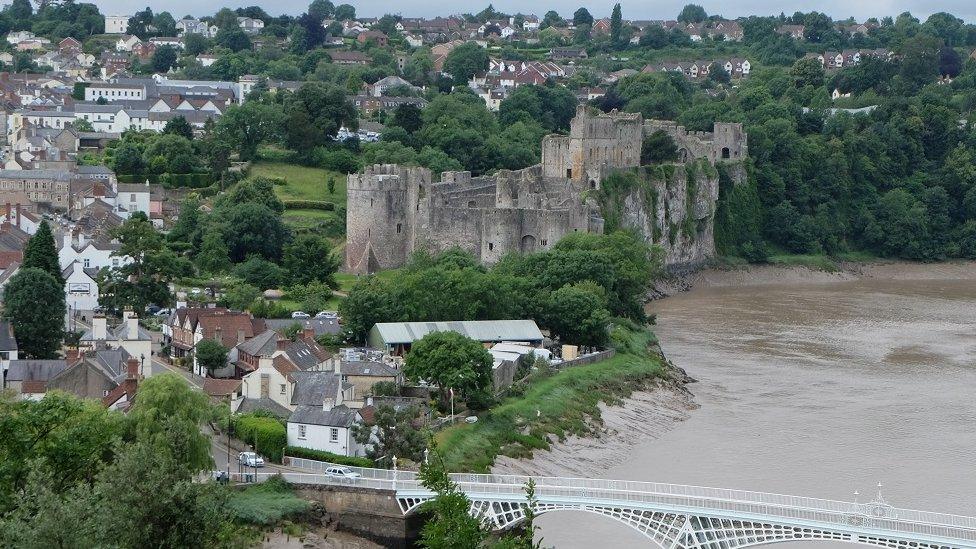Hundreds of stone age tools found on Denbighshire housing site
- Published
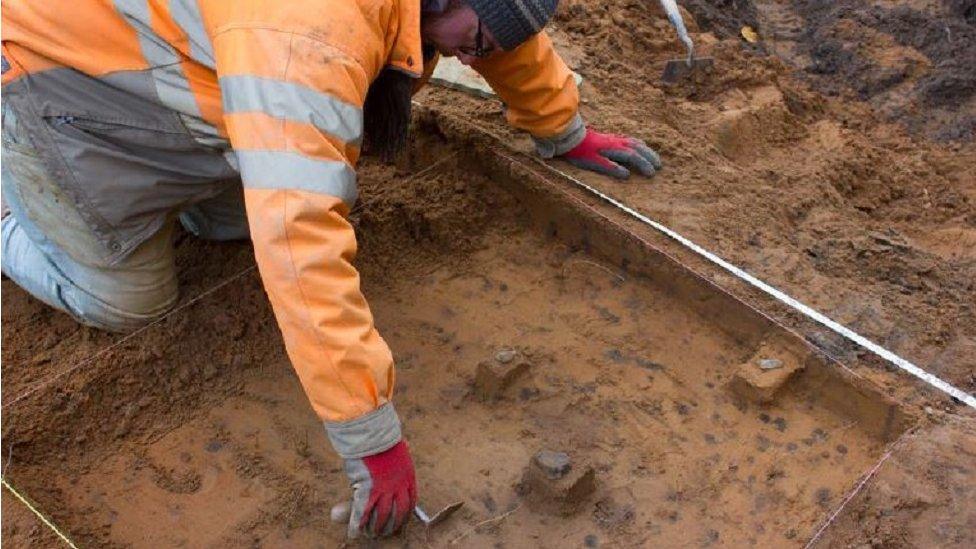
An archaeological dig was carried out before building could begin
An archaeological dig at a site earmarked for housing has uncovered more than 300 stone age tools and artefacts.
The 9,000-year-old site, on Castle Hill, Rhuddlan, Denbighshire, is "on a par with the oldest proven Mesolithic site" in Wales, archaeologists say.
The site was a target for developers for about a decade and planning consent was granted for a house in 2017.
But the need for an archaeological dig was agreed before building could begin.
The site yielded a total of 314 stone artefacts. Experts believe it was a sandy ridge overlooking the flood-plain of the River Clwyd.
Many of the finds were flakes of flint and chert - a hard, fine-grained sedimentary rock - but rudimentary tools were also discovered, according to the Local Democracy Reporting Service.
The team found scrapers, possibly used by butchers to cut meat and scrape hide, and microliths - small shaped blades which were often used as cutting and slicing tools.
The was also a "notch" - a small tool which could have been used to shape wood.
'Hunter-gatherers'
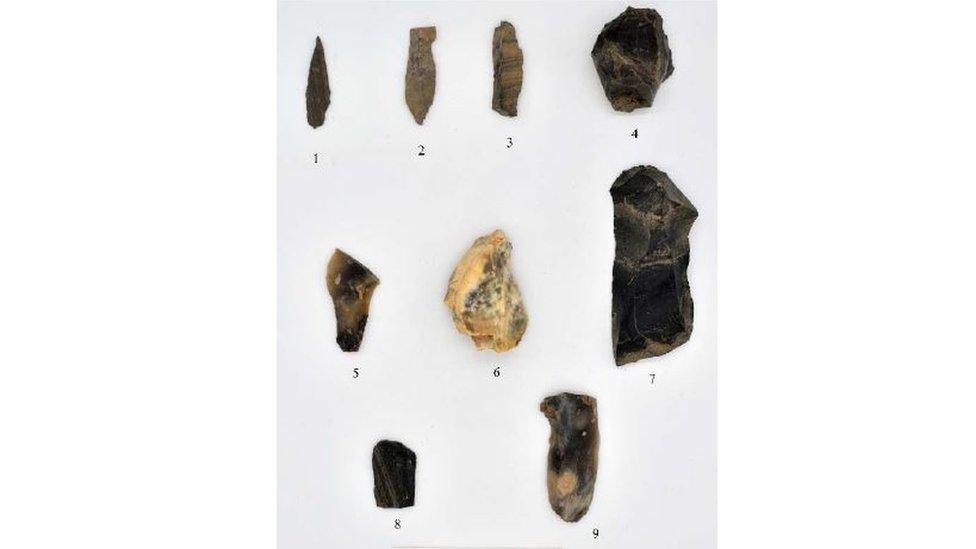
More than 300 artefacts were uncovered at the site
Richard Cooke of Aeon Archaeology, who dug the site with his colleague Josh Dean in October, believes the artefacts came from a group which was passing through and made camp by the river more than 9,000 years ago.
He said: "We found a lot of worked flint from the Mesolithic period. There were three post holes, material from which was carbon dated at between 9220-9280 years old - plus or minus 30 years.
"Not many of these Mesolithic sites have had samples carbon dated so this is on a par with the oldest proven Mesolithic site in Wales.
"It was a ridge of high ground - just a sandbank probably. These Mesolithic people were hunter-gatherers and didn't have fixed settlements."
Mr Cooke believes post holes found on the site would have contained structures used to hang meat for butchery of the animals they caught or some other utilitarian purpose such as skin drying.
He added: "They were well-developed people who came before the first farmers."
Rhuddlan's Mesolithic history
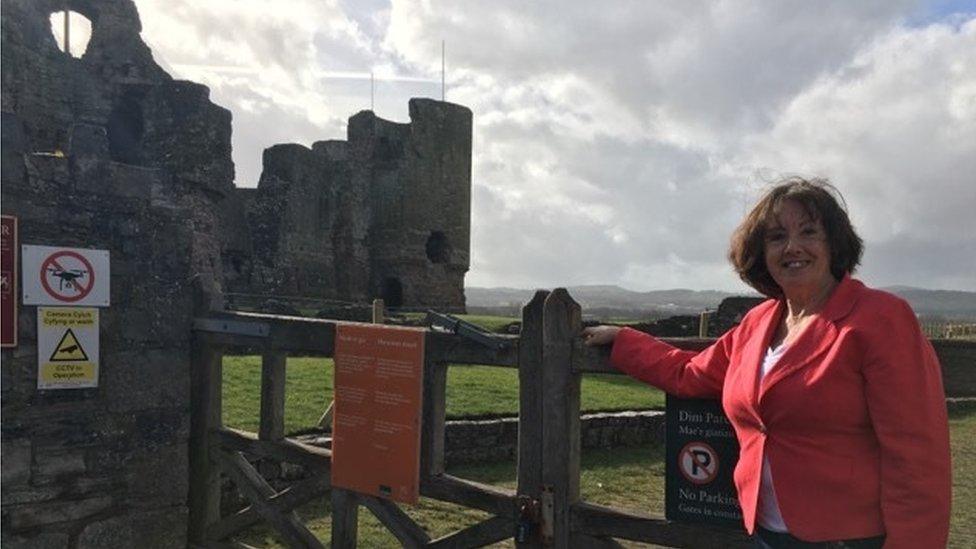
Rhuddlan has a rich history of Mesolithic discoveries, says Ann Davies
Councillor Ann Davies, who lives in the town, said when planning consent for a detached home with garage was originally given in 2017, she ensured there would be some archaeological oversight.
Called an "archaeological watching brief," it meant groundworks could only be conducted in the presence of an archaeological contractor.
Ms Davies added: "I am delighted this historical find has been highlighted and I will be pressing for these artefacts to be displayed in the local archives centre."
Rhuddlan has the highest concentration of Mesolithic sites in Wales and a dig in the 1970s at nearby Ysgol y Castell had unearthed ancient artefacts.
The Mesolithic period of pre-history, sometimes called the middle stone age, came between the Paleolithic period, or the old stone age, and the Neolithic, or the new stone age.
The telltale sign of this period, between 9,600 and 4,000 BC, was the use of small chipped stone tools and retouched bladelets.
They were also an artistic people, with examples of cave painting having been recorded in Spain and early hewn slabs made into rock constructions called megaliths.

WINTER LOCKDOWN GETTING YOU DOWN? : 6 Top tips for looking after your mental health
TRY SOME NEW RELAXATION TECHNIQUES: What is mindfulness and how can you achieve it?

Related topics
- Published12 February 2021
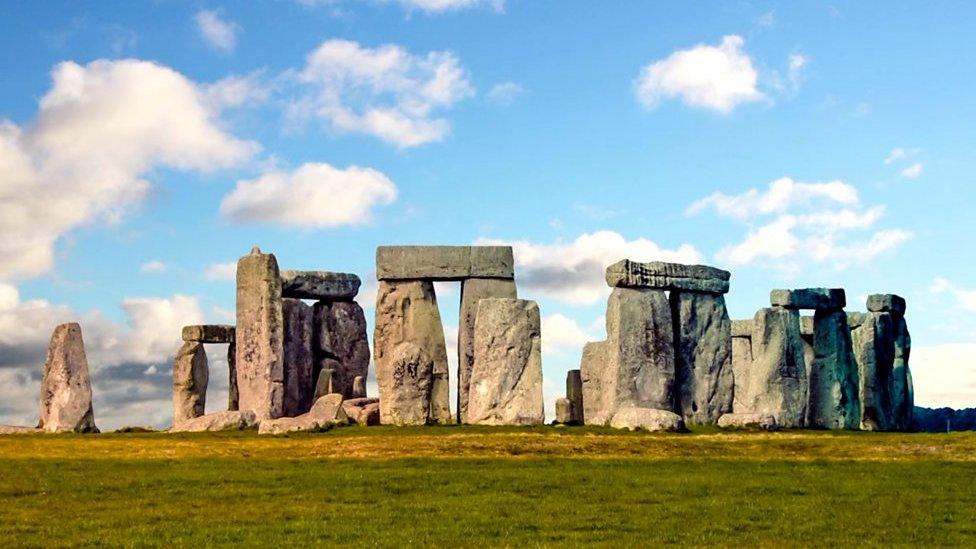
- Published12 February 2021
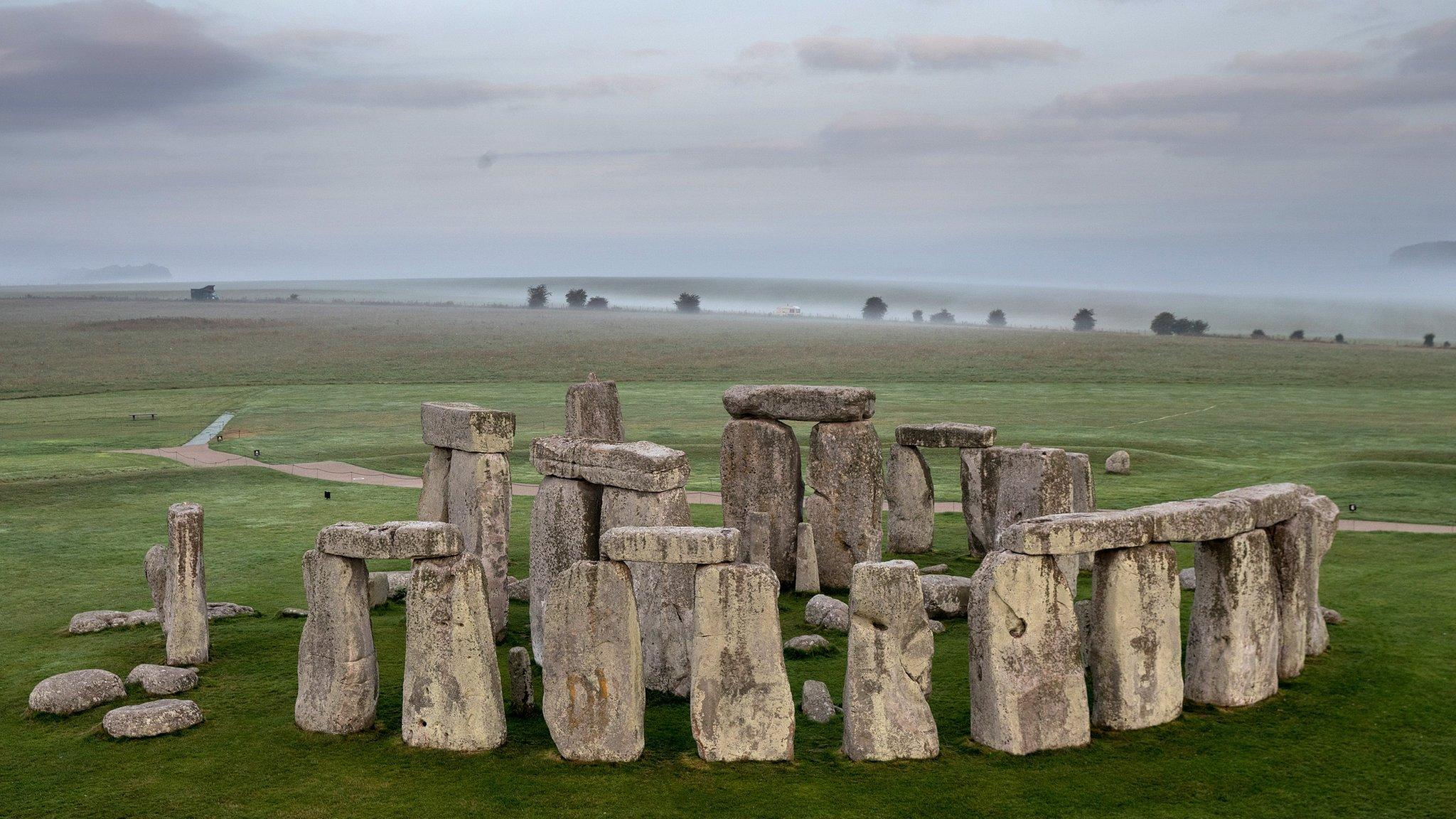
- Published12 February 2021
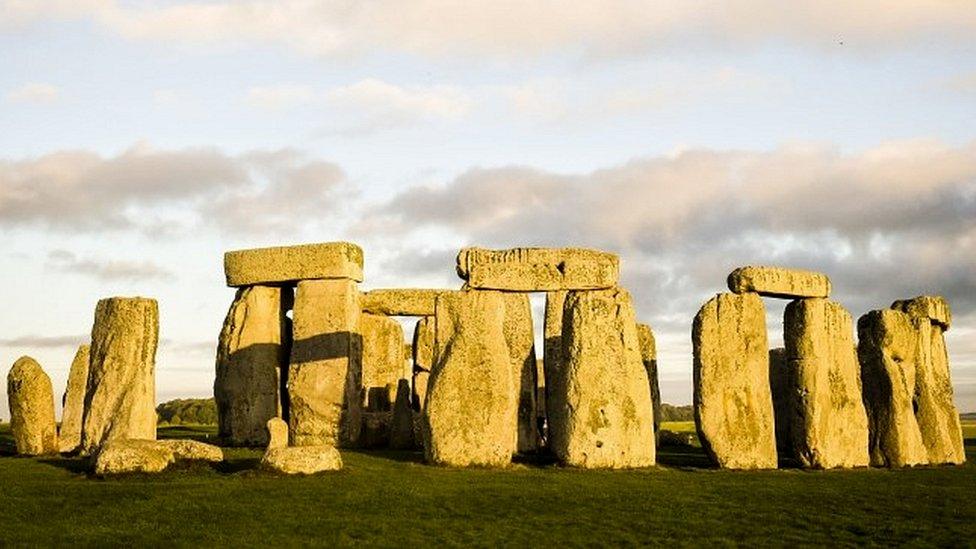
- Published28 February 2017

- Published1 April 2017
